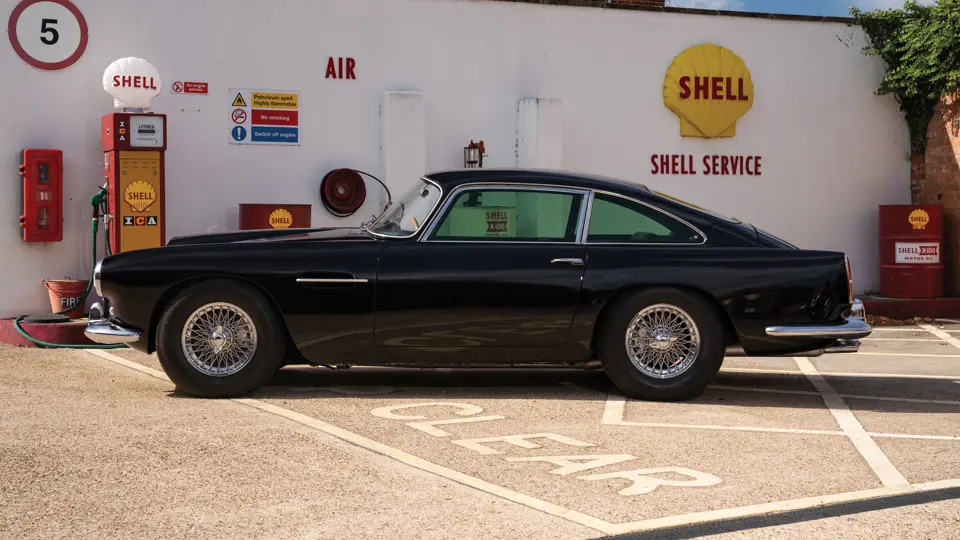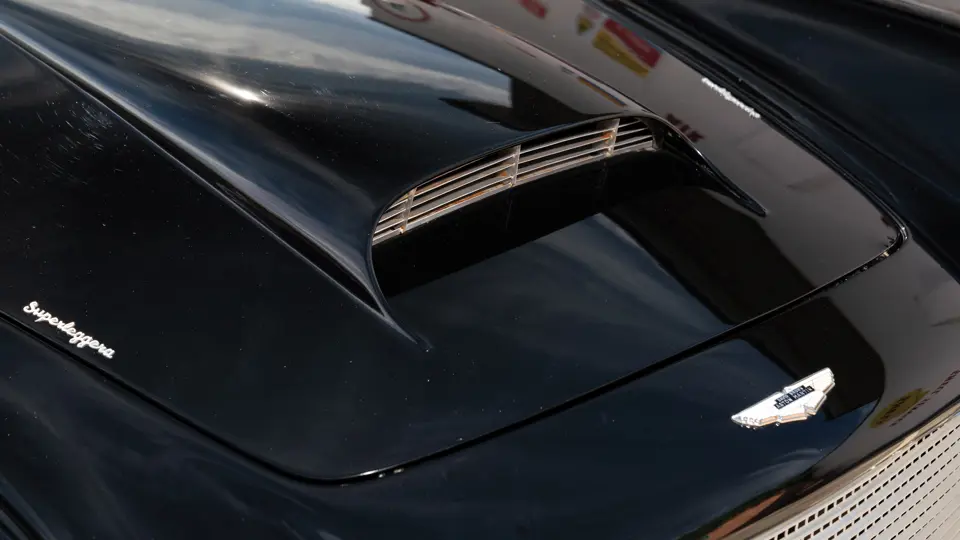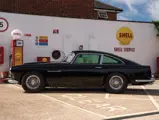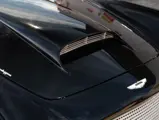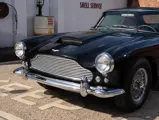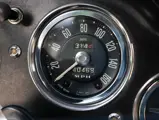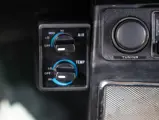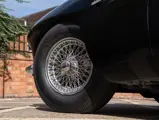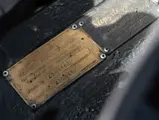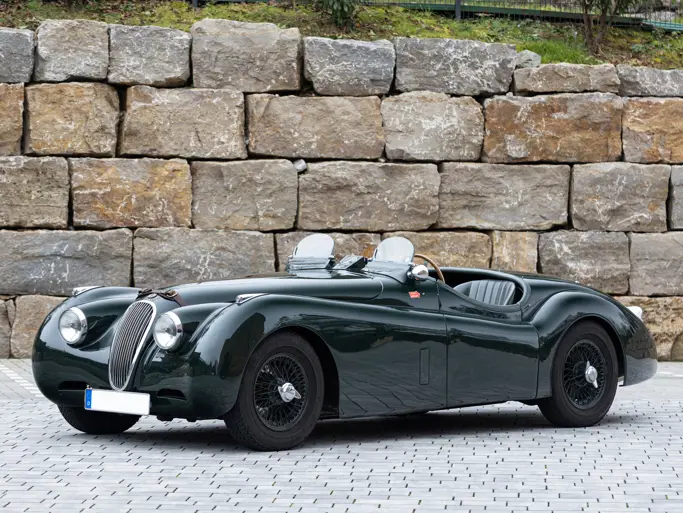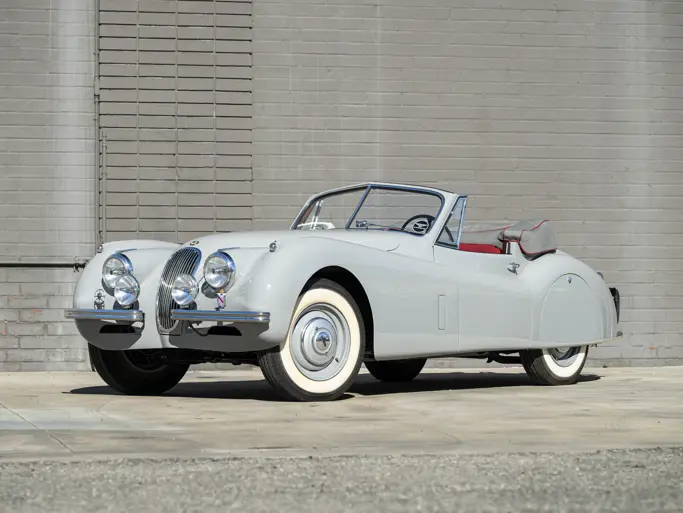The DB4 secured the Aston Martin legend not only in its own right, but through the lineage of exquisite cars that followed it. When it debuted at the Paris Motor Show in 1958, the DB4 stunned the motoring world thanks to the combination of elegant styling and 140 mph performance.
Carrozzeria Touring of Milan had utilised its Superleggera construction method using small-diameter steel tubes which were then clothed in aluminium panels to create the beautiful body. This was married to a platform chassis designed by Harold Beech in just six weeks. At its heart was an all-new 3.7-litre inline six-cylinder engine designed by Tadek Marek. Featuring twin SU HD8 carburettors, it delivered 240 brake horsepower at 5,500 rpm. The car also benefitted from all-round Dunlop disc brakes, which were a rarity on road cars.
Autocar’s road testers concluded it was the fastest four-seater GT in production.
The Series II cars benefitted from window frames to reduce noise and improved engine mechanicals to improve reliability. It also featured a front-hinged bonnet that would become a style feature of subsequent Aston Martins. The design would also lead to the lightweight DB4GT and GT Zagato, which were both race winners, plus the legendary DB5 and finally the DB6. In total, 349 Series II DB4s were made, of which 125 were factory left-hand drive, as is the example offered here.
Chassis number DB4/56/L was delivered in March 1961 to Frederick Willcox of New Canaan, Connecticut, finished in Desert White over black Connolly leather trim. Options ordered from the factory included a limited-slip differential, chromed wire wheels, a heated rear light, driver’s side wing mirror, and a Motorola radio.
It was considered lost by the Aston Martin community until it resurfaced in 2016. The DB4 was returned to Aston Martin Works for assessment, resulting in a full report for potential restoration and recommissioning. Today, the green-tinted glass is retained along with U.S.-specification lights. The bodywork is finished in Raven Black Super Lustre with black leather interior. The original dashboard has been retained, and a later air-conditioning system has been installed.
The DB4 represents a seminal moment in Aston Martin’s history, and this vehicle represents an ideal opportunity to acquire an example that is ready to be reimagined according to the vision of its new owner.
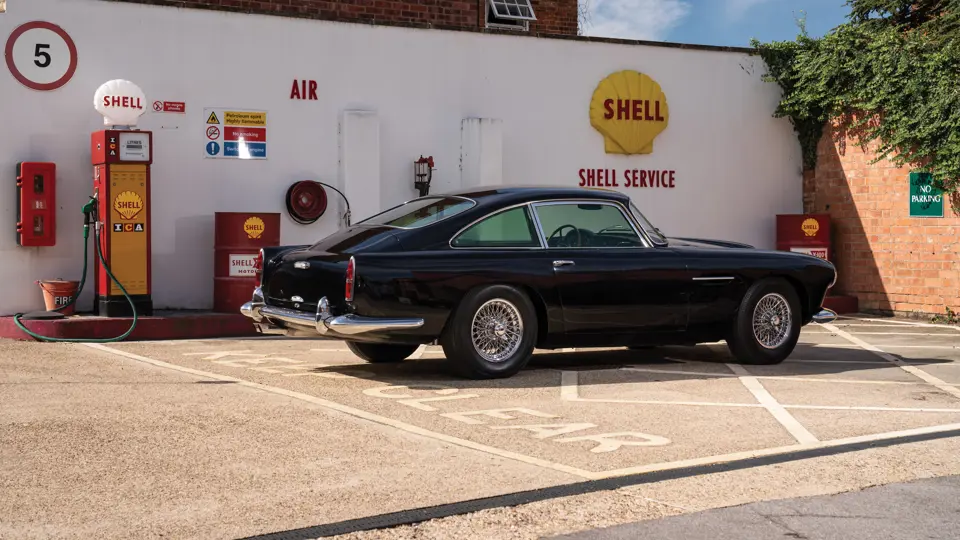

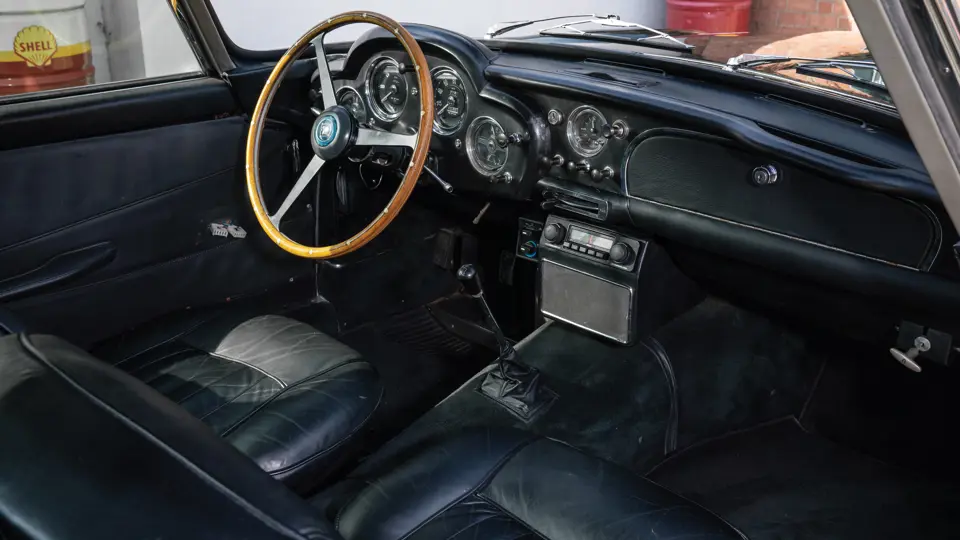

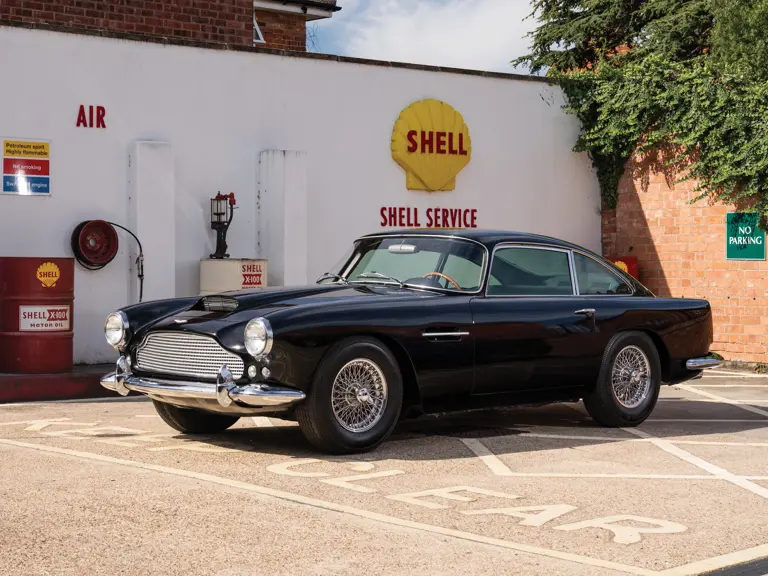
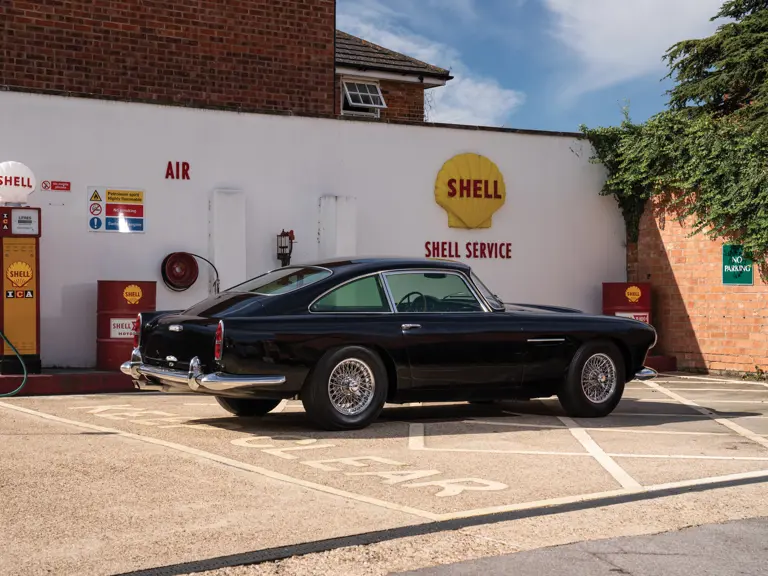
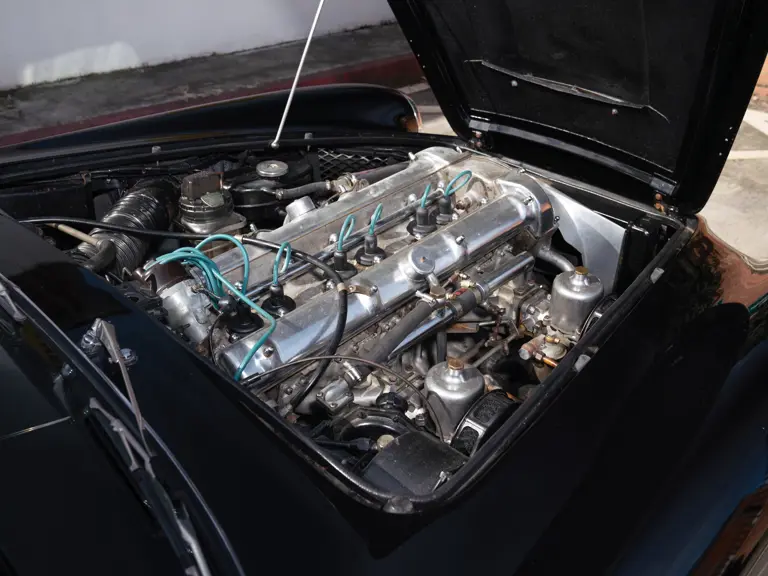
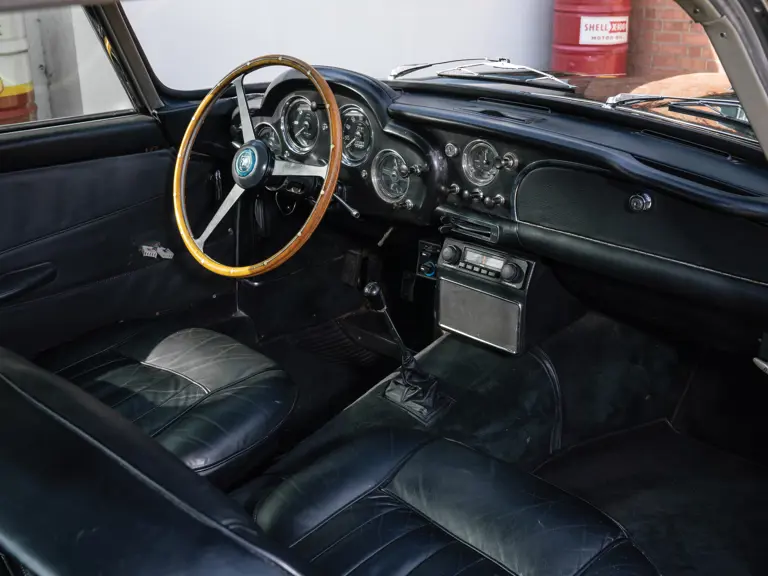
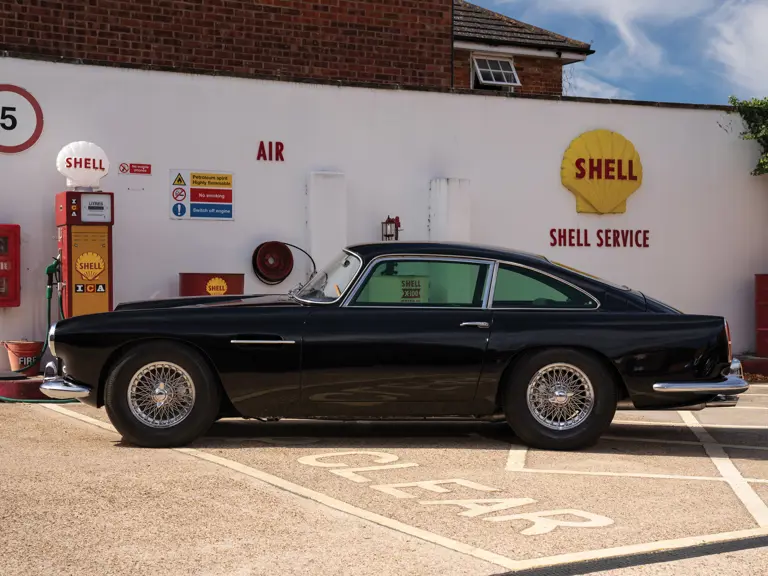
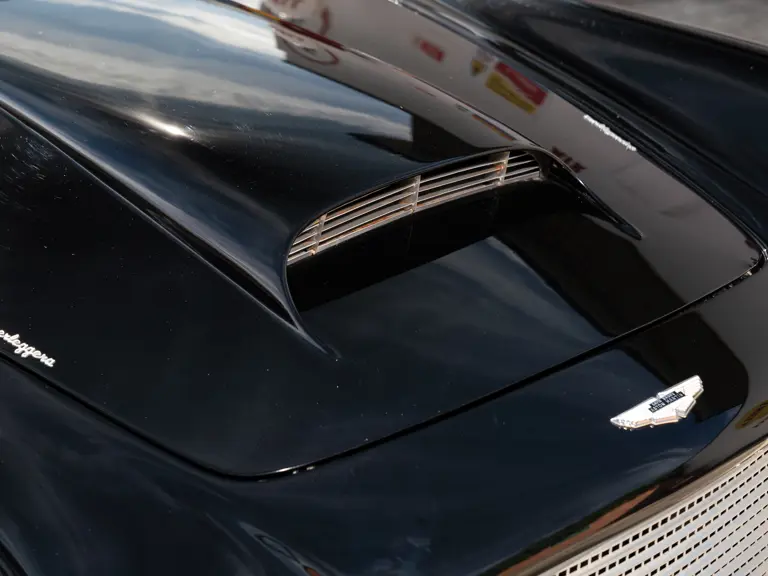
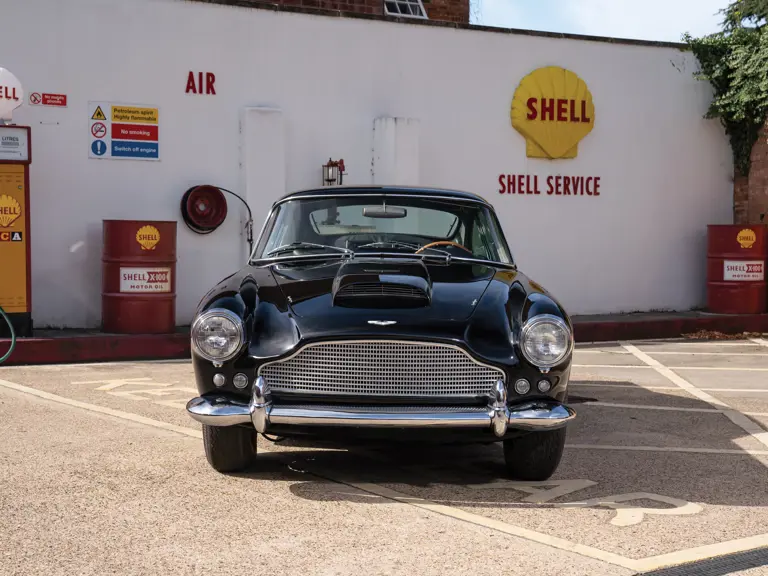
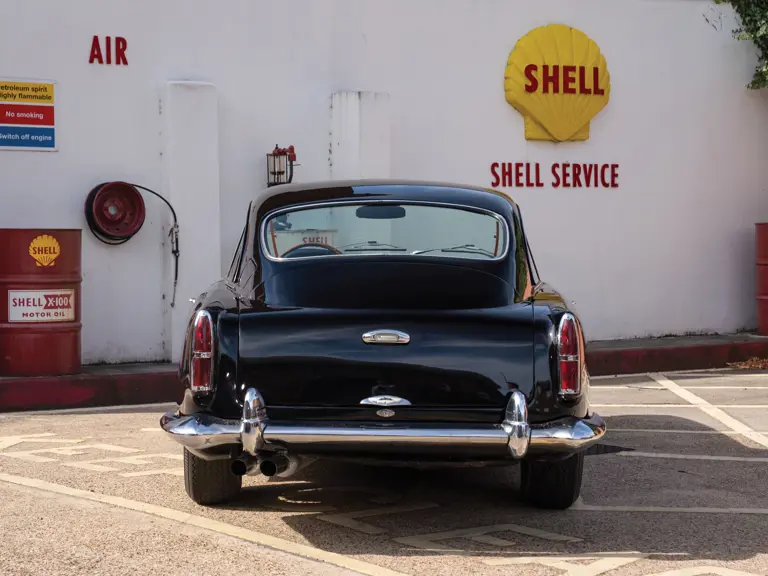
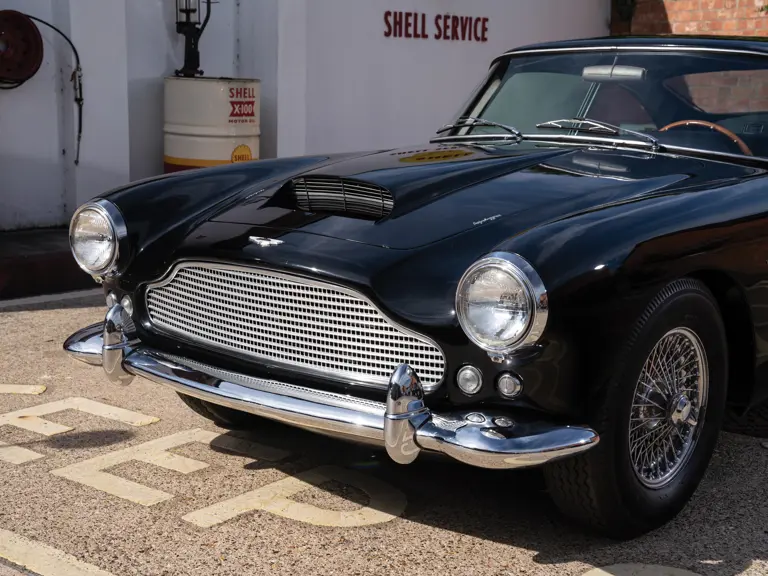



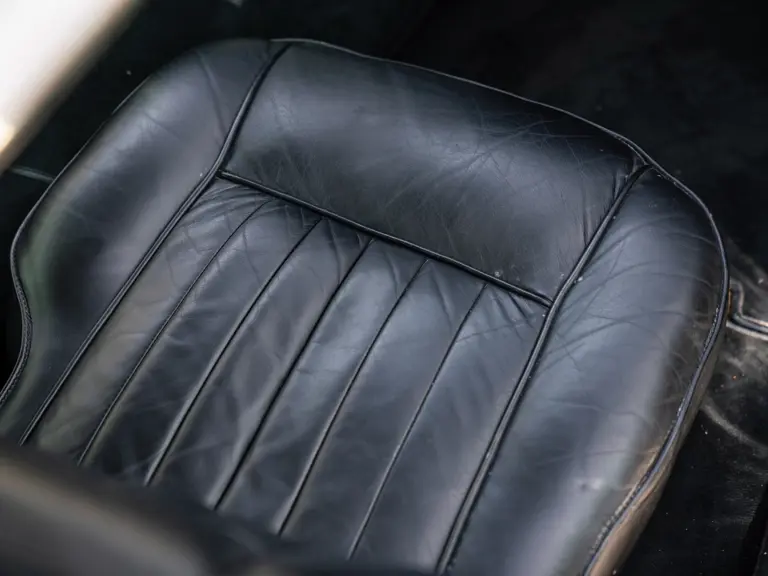


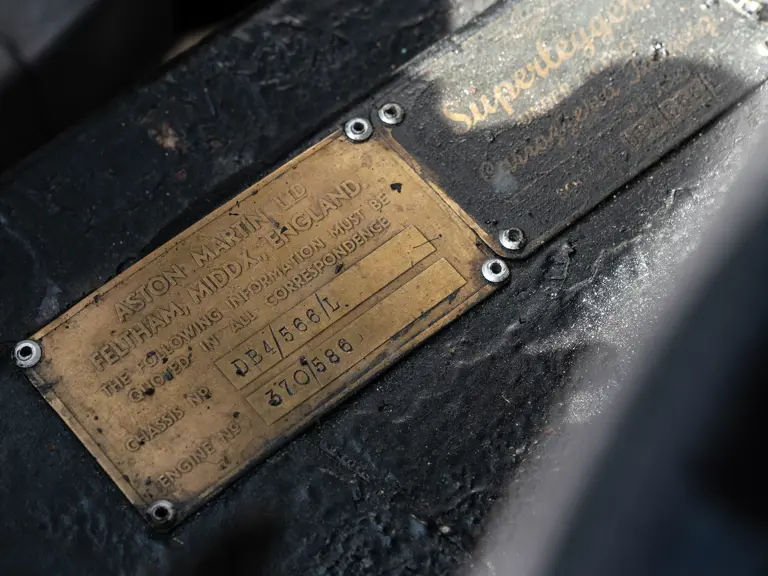
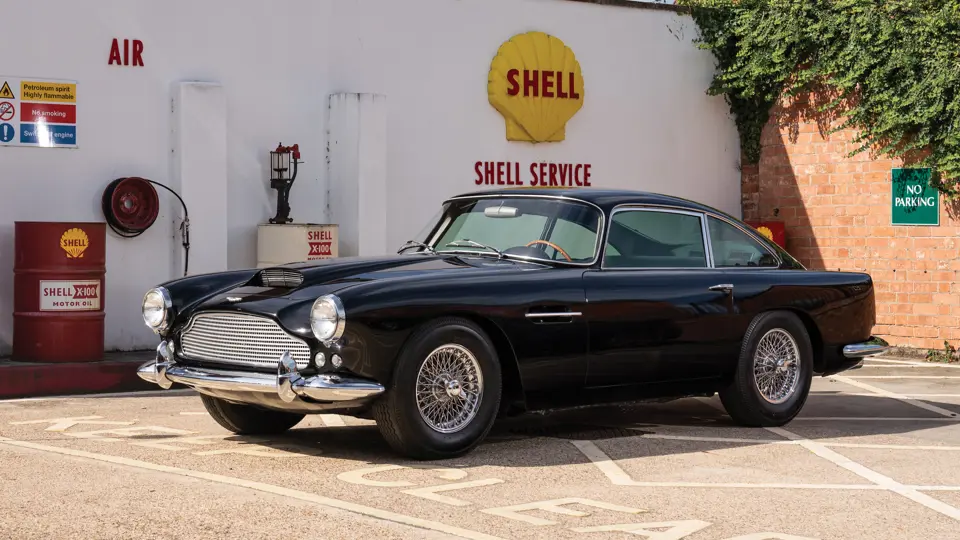
 | Kensington, London, United Kingdom
| Kensington, London, United Kingdom
